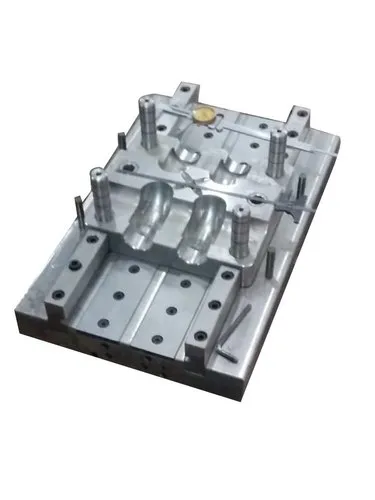Blow moulding is a manufacturing process used to produce hollow plastic parts, such as bottles and containers. Two common variations of this process are Single-Stage and Two-Stage Blow Moulding. Understanding their differences is essential for selecting the right method based on product requirements, production volume, and cost efficiency.
1. Process Overview
Single-Stage Blow Moulding
Integrates injection moulding, conditioning, and blow moulding into one continuous process.
The preform is injection moulded, reheated, and blown into a moulded shape in the same machine.
Typically used for smaller production volumes or specialized containers.
Two-Stage Blow Moulding
Splits the process into two distinct steps:
Injection Moulding of Preforms – Preforms are produced and stored or transported.
Reheat Blow Moulding – Preforms are reheated and blown into final containers.
Common in mass production, especially for PET bottles.
2. Equipment
| Aspect | Single-Stage | Two-Stage |
|---|---|---|
| Machines Used | One integrated machine | Two separate machines (preform + blow) |
| Footprint | Smaller, compact setup | Larger footprint |
| Flexibility | Less flexible for preform changes | High flexibility (preforms can be stored and reused) |


